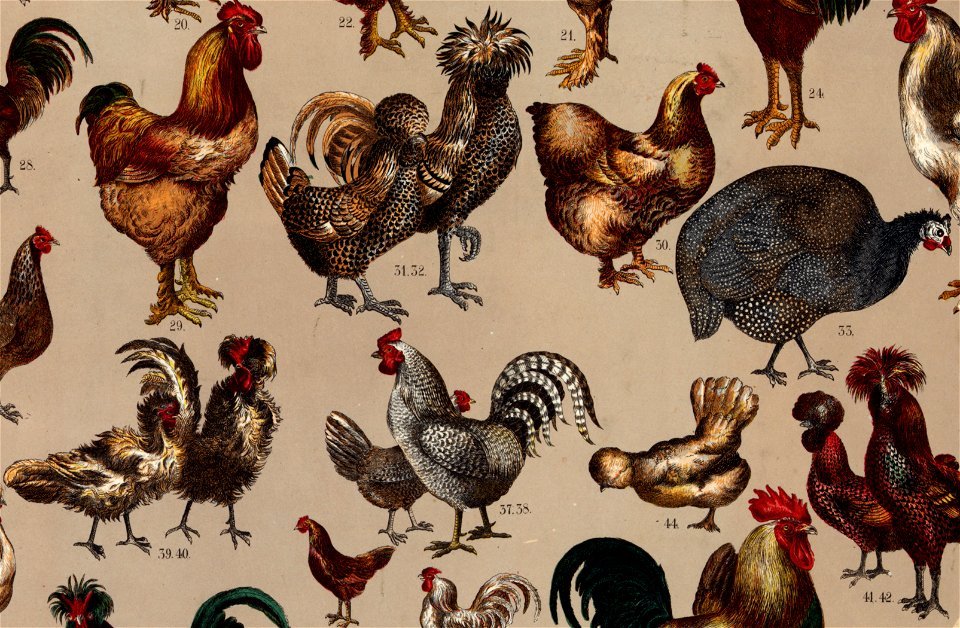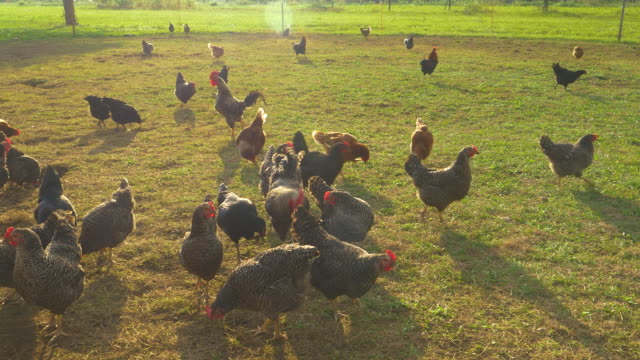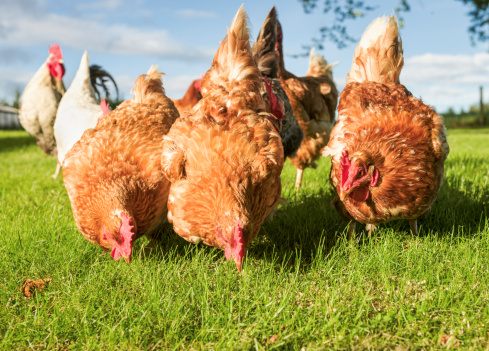Heritage chicken breeds, also known as traditional or heirloom breeds, offer a fascinating glimpse into the diverse world of chickens. These breeds have a long history and cultural significance, representing the genetic heritage of chickens passed down through generations. In this article, we will explore some notable heritage chicken breeds, highlighting their unique characteristics, historical importance, and specific attributes that make them cherished by poultry enthusiasts and conservationists.
- Rhode Island Red:
- Origin: Developed in the United States in the late 19th century, specifically in Rhode Island.
- Characteristics: Known for their hardiness and excellent egg-laying capabilities, Rhode Island Reds have dark red feathers and a calm temperament. They are medium-sized birds with good meat quality and are often used in dual-purpose roles.
- Historical Significance: Rhode Island Reds gained popularity as a staple breed for both backyard flocks and commercial production due to their productivity and adaptability.
- Plymouth Rock:
- Origin: Originated in the United States, particularly in Massachusetts.
- Characteristics: Plymouth Rocks are known for their striking black-and-white or blue-and-white barred plumage patterns. They are dual-purpose birds, valued for their reliable egg production and quality meat. They have a calm disposition and adapt well to various climates.
- Historical Significance: Plymouth Rocks played a significant role in the development of American poultry farming and are considered an important heritage breed.
- Sussex:
- Origin: Hailing from Sussex County in England.
- Characteristics: Sussex chickens come in various colors, including white, red, and speckled. They have a robust build, good foraging abilities, and are suitable for both meat and egg production. They are known for their friendly temperament and adaptability to different climates.
- Historical Significance: Sussex chickens have a long history and have been popular in English farming for centuries. They continue to be valued for their versatility and overall hardiness.
- Orpington:
- Origin: Created in the late 19th century in Orpington, Kent, England.
- Characteristics: Orpingtons are large, gentle birds with a rounded appearance and soft, fluffy feathers. They come in several color varieties, including black, white, blue, and buff. Orpingtons are known for their excellent meat quality and steady egg production.
- Historical Significance: Orpingtons gained popularity in the early 20th century for their attractive appearance, docile nature, and utility. They remain cherished as both exhibition birds and practical dual-purpose breeds.
- Australorp:
- Origin: Developed in Australia through selective breeding programs.
- Characteristics: Australorps are known for their glossy black feathers, medium size, and exceptional egg-laying capabilities. They hold the record for the most eggs laid in a year by a single hen. They are also known for their calm temperament and adaptability.
- Historical Significance: Australorps gained recognition in the early 20th century, and their egg-laying prowess played a significant role in promoting poultry farming in Australia and beyond.
Conclusion: Heritage chicken breeds embody the rich heritage and genetic diversity of traditional chickens. Through their unique characteristics, historical significance, and utility, these breeds have captivated poultry enthusiasts and played pivotal roles in agriculture for generations. By conserving and appreciating these breeds, we preserve the genetic heritage of chickens and honor the legacy of our agricultural past. Whether for small-scale farming, backyard flocks, or preservation efforts, heritage chicken breeds continue to inspire and delight with their beauty, functionality, and cultural importance.



